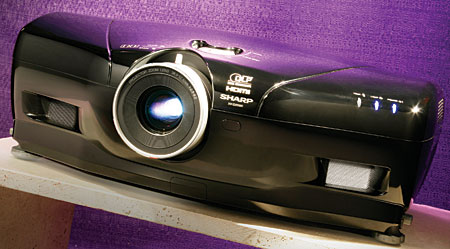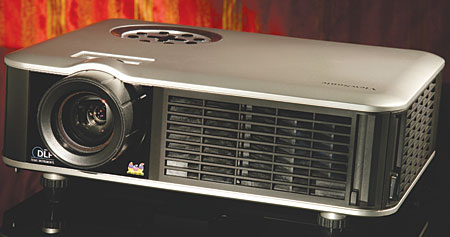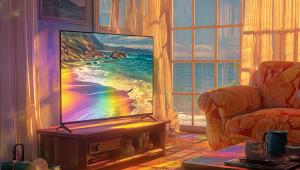Sharp XV-Z20000 DLP Projector Double the Money, Double the Good?
Nowhere in the video industry is there more of a price disparity than with projectors. You can get an HD model for less than $1,000 now, but you could also spend $20,000 or even more. Where does all that money go, and is it worth it? There are no absolutes, but we can make some generalizations.
The Obvious
Resolution is often the most apparent difference. HD projectors usually have a noticeable premium over ED (480p) models, although that difference is getting smaller. More recently, 1080p models have been commanding higher prices, but not by much. Often, a difference in technology causes a price difference. DLP projectors tend to reside at the high end, and LCD projectors are generally priced somewhat cheaper. This is no doubt due to the cost of the chips each uses. There are certainly exceptions to this rule, like the $999 Optoma DLP or the $24,999 Fujitsu LCD. LCOS projectors are now slotting in throughout this range, but there aren't as many models available.
The Not So Obvious
One feature that you'll find more often on high-end projectors and less often on lower-end models is an iris. Irises (iri?) can be either auto irises that track the video signal and adjust accordingly or models with specific steps (like the Sharp here). These allow a wider variety of light-output options for different screen sizes and types. Also, lens shift (vertical and/or horizontal) becomes more common as a projector's price goes up.
Interestingly—and exactly the opposite of what you'd expect—the more you spend on a projector, the less light output you tend to get. Instead, higher-end projectors are designed for light-controlled rooms and for a better black level. When you really go up in price ($20,000 and more), the light output returns for those rich folks with 30-foot-wide screens.
The Not Even Remotely Obvious
Then there are the innards. An increase in price generally gets you a better analog-to-digital converter, deinterlacer, and scaler. Some high-end models have different lens options, and some calibrate or can be adjusted to be more accurate than lower-end models.
Is It Worth It?
Well, that's up to you. Usually, a higher-end projector does look better than a lower-end model, but that is a gross generalization. I've seen some pretty nasty expensive projectors and some sweet budget models. The question of whether a $10,000 projector is twice as good as a $5,000 model is a tough one. It's similar to the question of whether a $150,000 Ferrari is better than a $45,000 Lotus. It's not any faster, but does the Ferrari buyer really care?
* See our review of the ViewSonic Cine5000 DLP projector following on page 62.
Projector Generalities

Sharp XV-Z20000 DLP Projector

ViewSonic Cine5000 DLP Projector
Although there are exceptions, here are some generalities about different aspects of projector features and performance across disparate price points.
More Expensive:
• Higher resolution
• Different technology
• Better black levels
• More accurate
• Better scaling/processing
• Lens Shift
• Quieter
• Requires a dedicated room/screen
• Big; should be professionally installed
Less Expensive:
• Brighter
• Smaller (more portable)
• Fewer adjustments
• Better bang for the buck
• Louder
• Fewer inputs
• More forgiving of less-than-optimal environments
• More palatable as a second display





























































